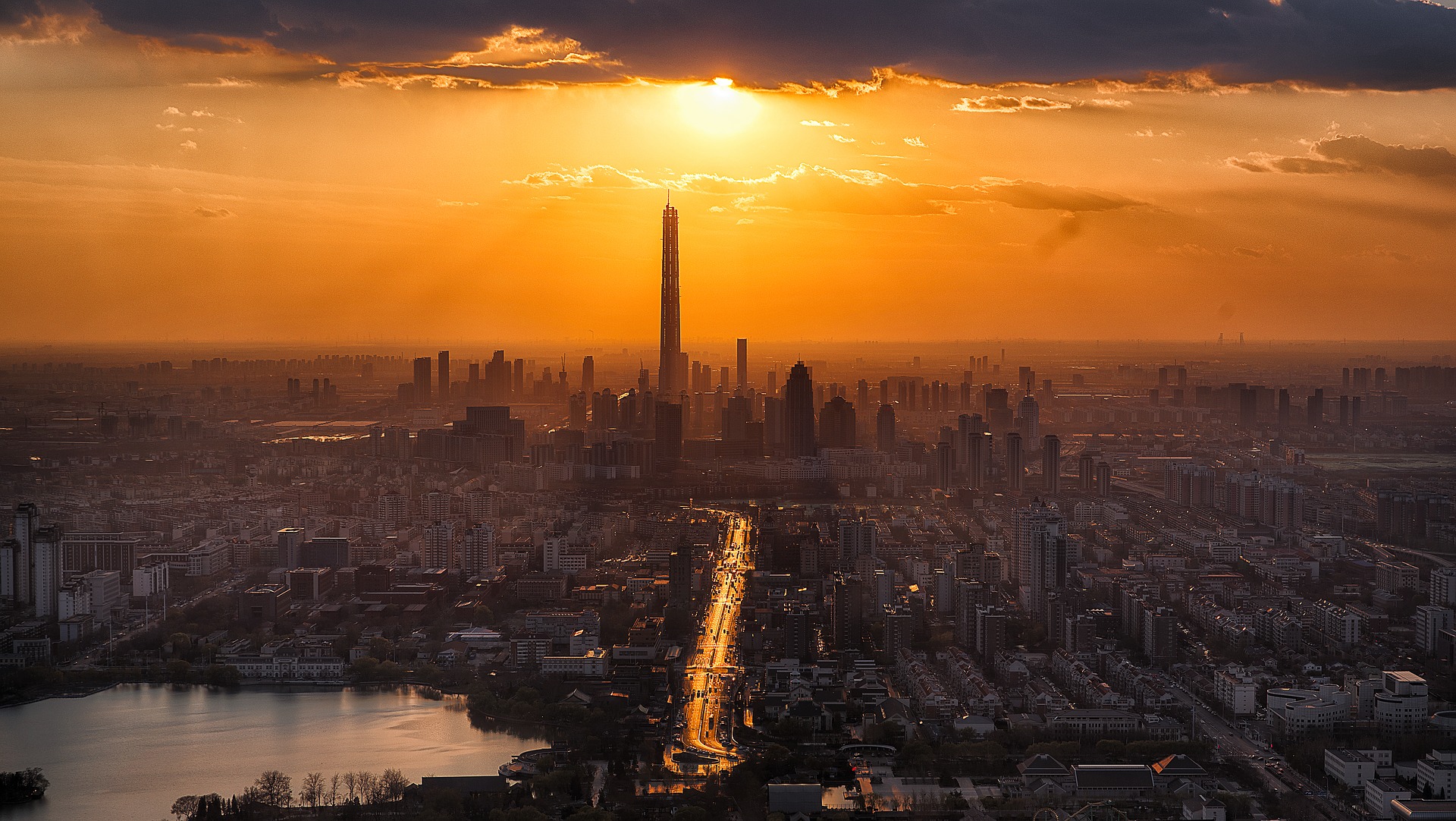A group of collaborators at MIT have come up with a remote assessment platform for rooftop solar that allows any community in the world to discover – and exploit – their underlying solar resource potential.
The worldwide continuous expansion of renewable energy sources has been growing steadily in recent years. As this 2019 report from the International Renewable Energy Agency shows, An extra 171 gigawatts of renewable energy were added across the globe in 2018, meaning renewable energies now account for around one third of global power plant capacity. Although around half of this comes from water sources (in China in particular, hydro power is increasingly being used), electricity generation using solar power is also increasing rapidly.
In Europe too, solar energy is booming. Ahead of the pack is Germany, which is in fact the fourth largest PV market in the world behind China, the US and Japan. But Germany’s solar energy isn’t produced solely by large industrial solar parks – there are also a high number of private households and public institutions with solar panels installed. It is estimated that around one million homes throughout Germany have installed a photovoltaic system on their roofs. Reasons for the success of solar energy in Germany include, among other things, the relatively low purchase prices of the panels compared to previous years (due to government subsidies) and the increase in electricity prices. However, installing solar panels on your home isn’t a decision to be taken lightly and doing so requires you to take both financial and geographical factors into account.
Software as a Solar-Encourager?
Does it make sense for you to install a solar system – on your particular building, in that particular geographic location? Helping people find out the answer to that question is the business idea behind American company Mapdwell, set up by an interdisciplinary group of scientists, academics and experts at MIT – mainly from the fields of design, building technology, engineering, environmental sciences and computer science. Mapdwell uses state-of-the-art, high-precision technology to reveal the solar potential of every building on the basis of precise, geographical data including the position of the sun, neighbouring houses, shadow formations, weather data and more. Users can then precisely estimate the electric potential of almost any building in a given city by simply clicking on a map or searching for a certain address.
Currently, several major cities in the USA have already been mapped, including San Francisco. The former hippie stronghold contains data on over 800,000 houses – with Mapdwell categorising 160,000 of those as well suited to a solar panel set-up. According to Eduardo Berlin, CEO of Mapdwell, solar panels on roofs in the city would be able to supply around 380,000 houses with renewable energy and have the same carbon impact as planting approximately 65 million trees.
The US platform has already won numerous international prizes for its concept and has successfully completed its first project outside the USA – in Chile. Maybe Europe will be next in line to map its solar potential?





